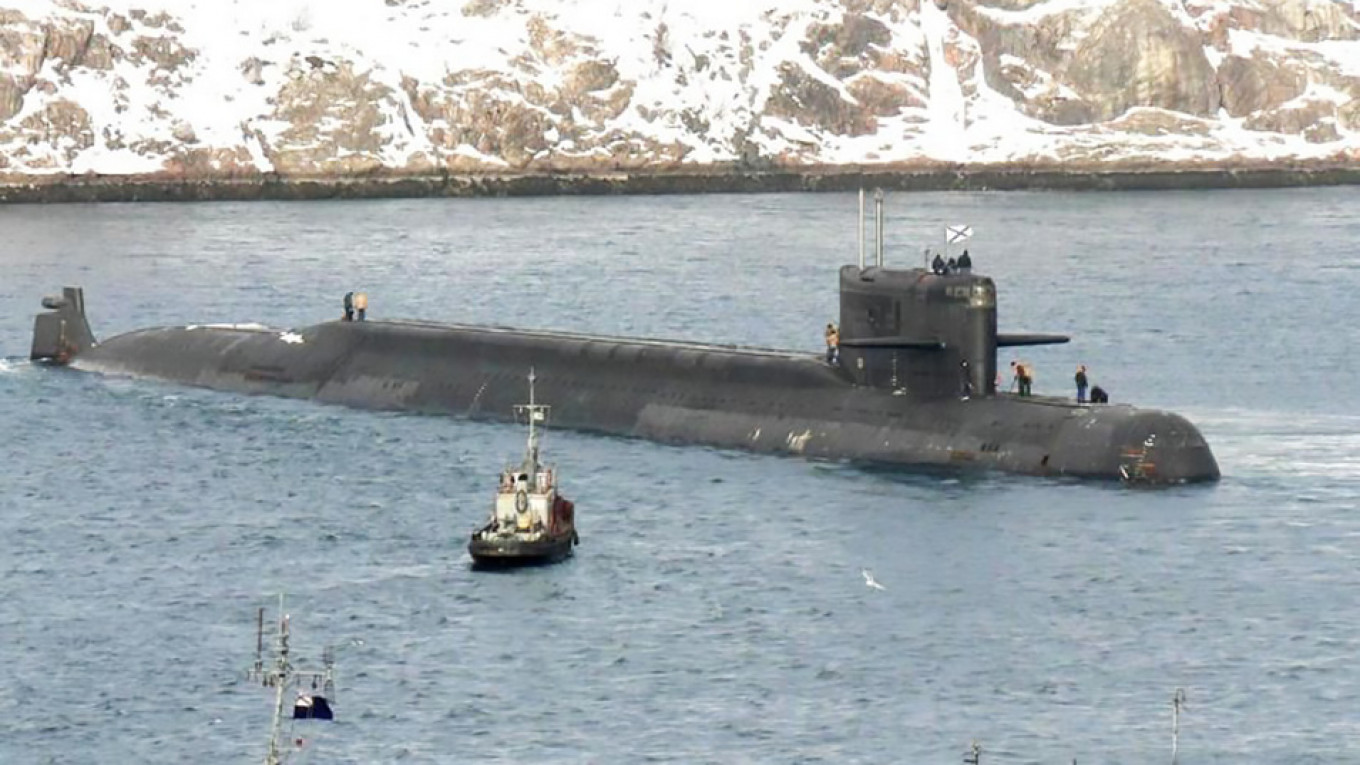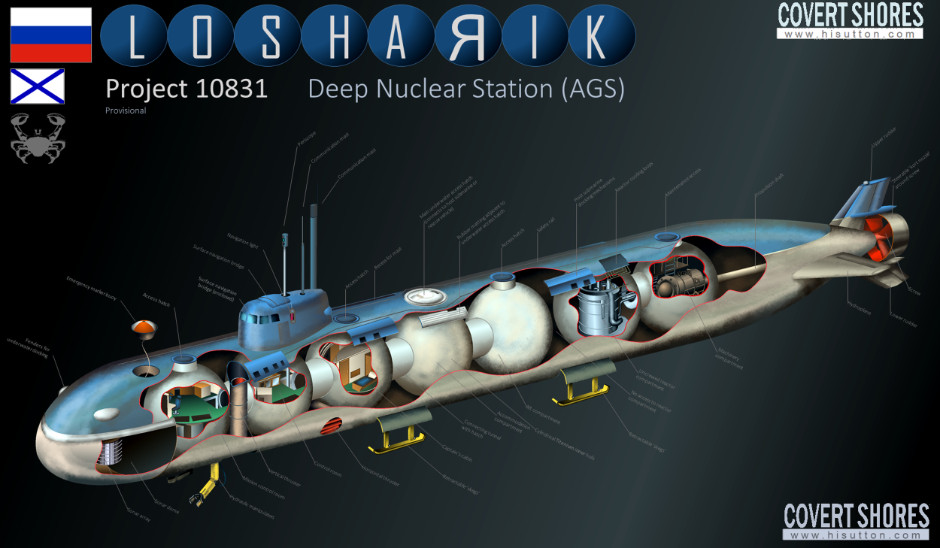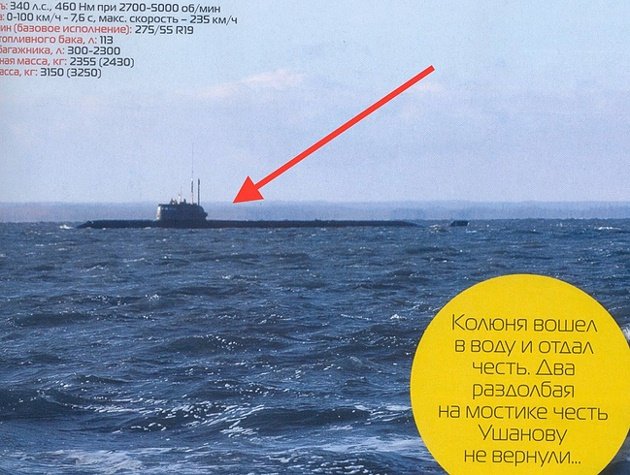One of Russia’s Most Secretive Submarines, “Losharik,” Believed to Have Returned to Service
Russian media, citing military sources, have reported that repairs on the secretive nuclear-powered submarine "Losharik" have been completed, likely indicating that the covert submarine, feared by Western powers, is now back in operation.
(DEFENCE SECURITY ASIA) – The highly-secretive Russian submarine “Losharik” (AS-31) or “Project 10831”, whose existence Moscow has closely guarded, is believed to have resumed operations in June or July this year after undergoing repairs that began in 2019 following a fire incident.
This nuclear-powered submarine is one of Russia’s most secretive vessels, with its functions and capabilities kept under tight wraps by Russian authorities.
Russian media, citing military sources, reported that the repairs on the secretive “Losharik” submarine have been completed, suggesting that the submarine, which has long been feared by Western powers, is now back in operation.
“After the repairs, it is planned for the ‘Losharik’ submarine to undergo testing in June or July of this year,” the military source told Russian media regarding the current status of the submarine, which was launched by Russia in 2003.
The submarine had been docked since 2019 following a fire incident that claimed the lives of 14 crew members.

The military source also stated that after the repairs, “Losharik” would retain its unique capability of diving to depths of up to 6,000 meters.
This extreme diving capability is one of the most distinctive and powerful features of the submarine compared to those of its “adversaries.”
Russian media reported that the submarine’s hull, made of titanium, was not damaged in the fire, ensuring its ability to dive to such extraordinary depths.
In comparison, U.S. nuclear-powered submarines, such as those from the Seawolf or Ohio classes, are believed to be capable of only diving to depths between 490 meters and 2,000 meters, which is not even half of the “Losharik’s” diving capability.
At the time of the fire incident, “Losharik” was on a secret mission in Russian waters, not far from Norway, believed to be related to the Northern Sea Route (NSR), an alternative global shipping route that Russia is exploring.


The incident drew global defense observers’ attention to “Losharik,” a submarine whose existence has been a tightly-guarded secret by Russia due to its mission to conduct espionage and gather critical information, particularly regarding the seabed.
Due to the sensitive nature of its operations, the crew assigned to the “Losharik” submarine are believed to be elite members of the Russian Navy serving under the “GUGI” (Main Directorate of Deep Sea Research).
Only the best are selected to serve on this highly secretive vessel.
The 14 crew members who perished in the incident were among the most esteemed submarine crew members in Russia, and all were posthumously awarded Russia’s highest honor, the “Hero of the Russian Federation.”
What makes the nuclear-powered “Losharik” unique is that its crew operates within seven spherical hulls made of titanium alloy inside the submarine.
This “spherical hull” design enables the submarine to dive much deeper than any other submarine in the world.


It is said that spherical shapes are stronger than cylindrical ones when diving in deep seas, as they better withstand underwater pressure.
The West has dubbed “Losharik” as the “Cold War Submarine”.
According to a senior U.S. Navy officer, with its ability to dive to such depths, no submarine in the world can detect “Losharik.”
Russia has also stationed “Losharik” at a base called Olenya Guba, a remote area on the Kola Peninsula in Russia, far from any nearby human civilization. — DSA



Comments are closed.